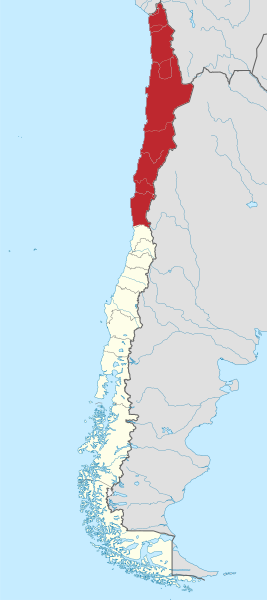
After resting in Valparíso for a month, my body agreed with my brain… I was ready to go again. My body told me it had energy for a couple more months of travel and my brain said it was time I explored the landscapes of Chile and Argentina’s north end. I have been told my numerous people that the culture and the landscape of this region is extraordinarily different than the rest of Chile, so I shouldn’t miss the opportunity to travel there too. I started to plan.
On a whim, I invited my Chilean friend Yetzabel to join me for the Chilean part of my journey so that she could help me fully understand all that I was experiencing. Luckily, we are very similar, and some of our favorite activities are to go hiking and drink cocktails… the perfect combination for our first stop in Northern Chile!
Five hours north of Santiago is the beautiful coastal city of La Serena where Chile’s colonial history has been lovingly preserved. Yetzabel and I had a wonderful time strolling the beach, sitting in the square and wandering the streets, gardens and mercados where she taught me about the food and artisan specialties of the region.








Scenes from La Serena, Chile
La Serena is a popular vacation destination for many Chileans. But the real draw for me was the nearby beautiful Valley Elqui. Stretching inland from the coast, this valley is known for two things… pisco and stars.
Pisco


Pisco is a fermented alcohol, or brandy, made from either the Pedro Jiménez or Muscat grape. It can be drank straight as a shot, or used as the primary ingredient in the famous cocktail, Pisco Sour. Pisco Sours are wildly popular in both Chile and Peru, which feeds the ongoing argument over who makes the better Pisco. Peru’s yummy version is topped with some frothy egg whites, but in Chile, I’ve seen pisco served using several different berries and fruit flavorings as well. Whichever way you prefer, we all can agree that it’s a refreshing cocktail on a hot day. I’ve enjoyed many during my travels around Chile.


The Valley Elqui has just the right combination of warm days, high-elevation cool nights and little rainfall to make the perfect growing conditions for pisco grapes. In fact, it is believed that the first commercial production was initiated in this valley starting in the 1880’s. Since then, distilleries have popped up all over the region so taking a tour with a tasting was on my agenda for the day!










The production of pisco grapes dominate this valley; some growing under huge plastic tarps, and others out in the open.
In the little pueblo of Pisco Elqui, Yetzabel and I found the small family-run operation of Doña Josefa where we learned all about the production of pisco. The process and product reminded me a lot of the mezcal distilleries I visited in Mexico.




How to Make Pisco
First, the grapes are harvested and put into tanks to ferment. After five days, they turn to grape juice. By 10-12 days, it has turned to alcohol and is considered Chicha. By 15-20 days, it has turned into Vino de Gota, which is when they move the slurry to a different tank to rest.
After resting, the Vino de Gota is transported into the distillery where a wood fire boils 100 liters at a time. At this point, the distillers need to add water to reduce the percentage of alcohol. The strongest pisco is sold at 45%. We got to take shots of 40%, 42% and 45% strength, and they certainly hit the gut with a punch!




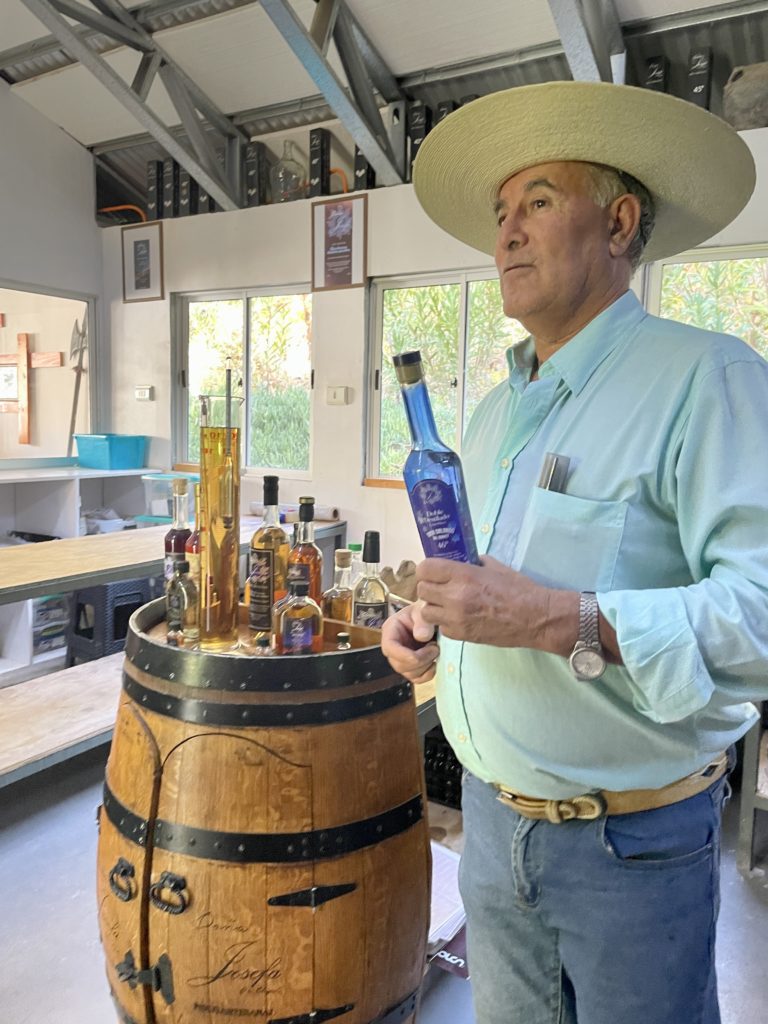



Some pisco may get double distilled for more purification, which will make it more smooth and transparent- great for bottling into the cocktail, Pisco Sour. But the majority of the pisco gets put in special French wooden barrels to rest for months or years. The barrels help to oxygenate the pisco, add flavor, and give it a beautiful amber color. When the pisco is ready, they bottle and sell it in its pure form. We, ofcourse, had to buy both. It was a great way to learn more about Chile’s National Drink!
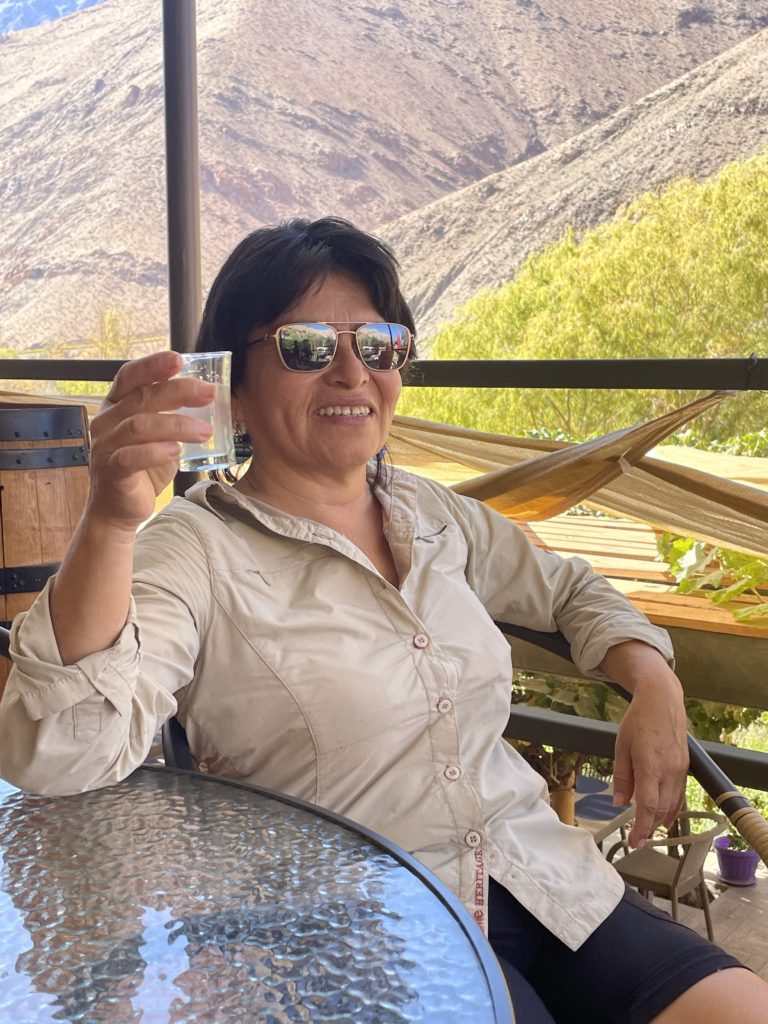

Chilean Pisco Sour Recipe
Ingredients:
1 1/2 oz Pisco, 1 Egg white, 1 oz Lemon Juice, 3/4 oz Simple Syrup
Preparation:
Vigorously shake and strain contents in a cocktail shaker with ice.
Pour into glass and garnish with bitters. Enjoy!


Stars
The other reason why the Valley Elqui is well-known, even more so around the world, is that this region of Chile has some of the best atmospheric conditions for stargazing. With its dry air, and vast expanses of dark desert and ocean, Chile is known for having some of the darkest night skies in the world. Scientists have taken note and there are multitudes of observatories all over this valley, and further north into the Atacama Desert. Some of them are famous for having the largest telescopes in the world, or a collection of telescopes that develop a 3-D image from all angles. Others are built at incredibly high elevations for the closest views. Some observatories are cooperative efforts between scientists of many different countries, and a few have even been built for the tourists to enjoy the night sky.
Yetzabel and I took one of these night tours and I finally felt like I understood more of the constellations I see here in the Southern Hemisphere. Ofcourse, I don’t have any good photographs of this tour, because it was in the dark. But learning about the night skies here in Chile was a very special experience indeed. The Milky Way, or La Vía Láctea, is beautiful from this hemisphere, too!
Throughout the rest of my travels of northern Chile, I saw many public informational signs and citizen efforts to reduce light pollution and keep Chilean skies dark for the future.
After three days in La Serena and the Valley Elqui, Yetzabel and I boarded a bus to travel further north. For almost 20 hours we travelled through hardscrabble Chilean mining towns and into the famous Atacama Desert. We weren’t even at the most northern reaches of Chile yet, but there was so much to see!

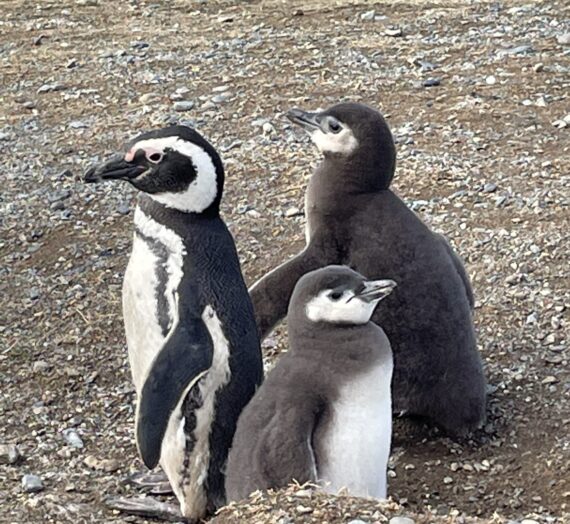
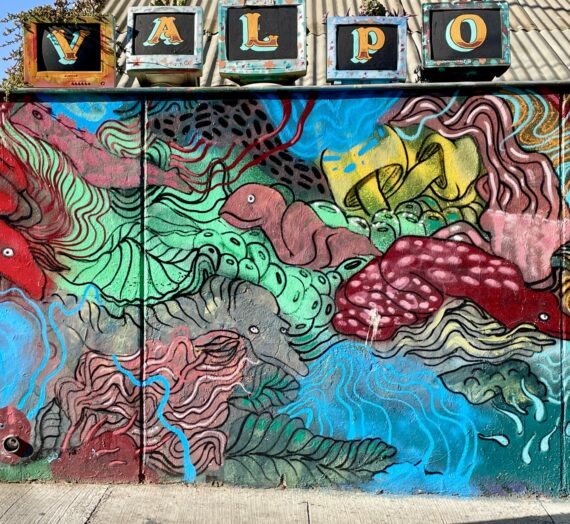
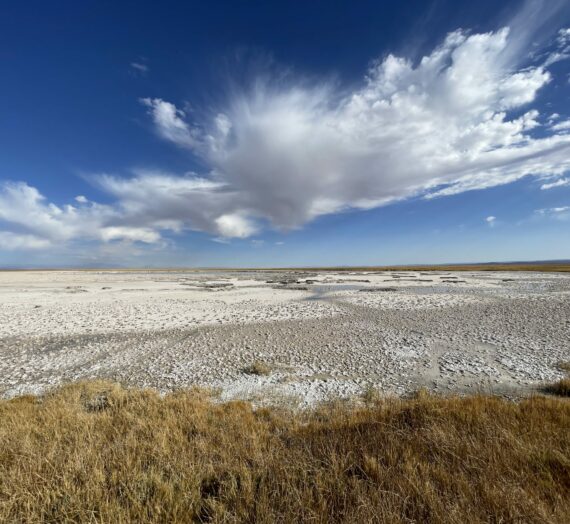
Kevin McConnell
Living a good life. Your blog makes me happy. Estar bien mi amiga.
Gayle Warberg
I’m so happy you’ve re-cooperated and on to new, fun adventures! Safe travels and keep those wonderful and informative blogs coming!